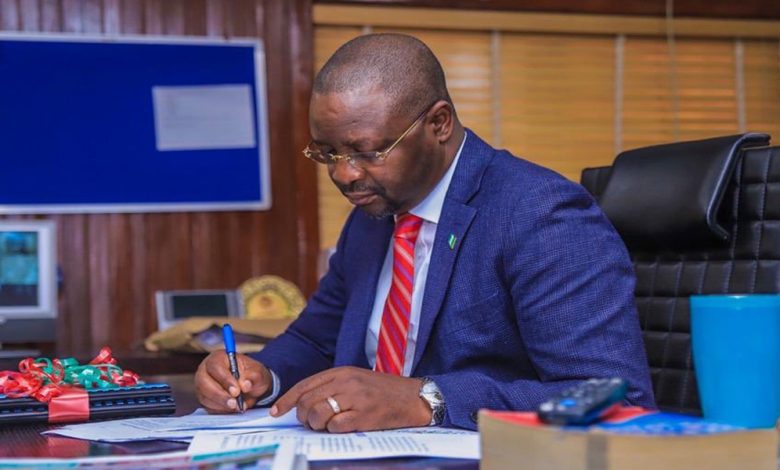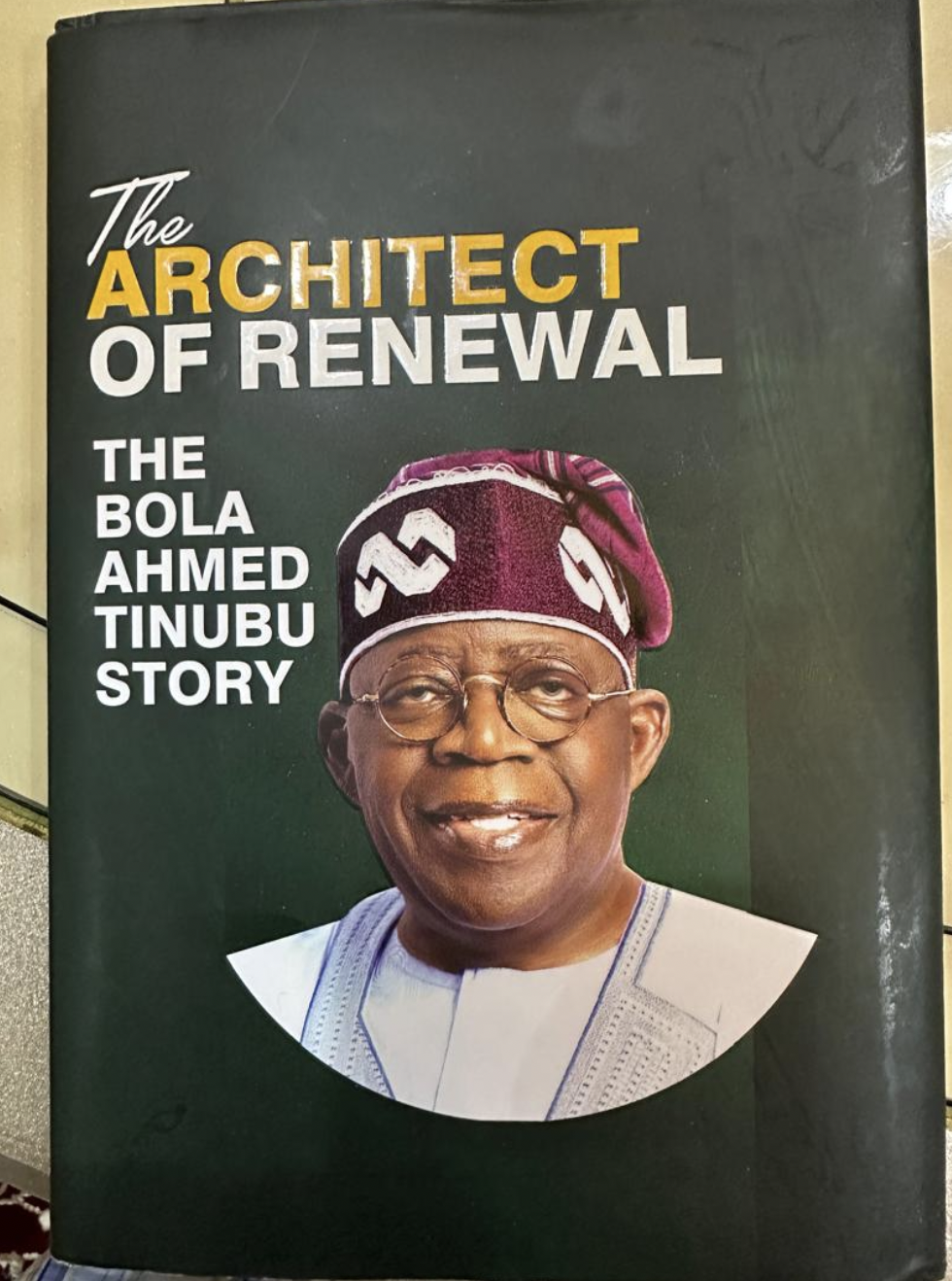
Rarely does a biography manage to weave the strands of history, leadership, and vision into a fine narrative that not only recounts a life but also projects the promise of a nation’s future. The Architect of Renewal: The Bola Ahmed Tinubu Story accomplishes this and more. It is a book that examines the journey of a leader who has reshaped political discourse and governance in Nigeria while offering a roadmap for the country’s recovery and growth under his stewardship.
Written with precision and intent, the book is a masterclass in blending biographical detail with thematic exploration. It is not a mere recounting of events but a deliberate presentation of Bola Ahmed Tinubu as a leader whose past achievements lay the groundwork for a transformational future. As I delved into the pages, I found myself reflecting on how the authors skillfully captured Tinubu’s story as both a historical account and an unfolding narrative.
At its core, The Architect of Renewal is a reassurance to Nigerians. The authors, firm believers in Tinubu’s vision, employ a straightforward narrative style to answer a singular question: does Bola Ahmed Tinubu possess the experience, competence, and courage to lead Nigeria through its most challenging times? Their answer is a resounding yes, and they take the reader on a journey through the various aspects of Tinubu’s life and leadership to substantiate this claim.
The book opens with Tinubu’s formative years in activism, particularly his role in the National Democratic Coalition (NADECO), where he emerged as a champion of democracy. It chronicles his exile, his return, and his transformative tenure as Governor of Lagos State, where he demonstrated exceptional foresight and an unwavering commitment to innovation. The authors highlight his revolutionary economic reforms that increased Lagos State’s internally generated revenue from N600 million to over N5 billion monthly. This achievement, as they point out, was not just a testament to Tinubu’s economic acumen but a preview of what he could achieve on a national scale.
The narrative gains momentum as it goes further into Tinubu’s grassroots mobilization strategies and coalition-building prowess. Chapter Two, for instance, is a standout, illustrating how Tinubu’s ability to connect with the micro-components of society has made him a master of grassroots politics. The authors describe him as a leader with an unparalleled understanding of Nigeria’s socio-political fabric, a man who recognizes the power of the people and leverages it to build enduring coalitions.
Equally compelling is the book’s exploration of Tinubu’s resilience and adaptability. The authors recount his courageous decision-making, from his tenure as Governor of Lagos to his early months as President of Nigeria. They highlight his reforms, such as the removal of fuel subsidies and the unification of exchange rates, framing them as necessary, albeit painful steps toward economic stability. Here, the authors remind us of Psalm 30:5: “weeping may endure for a night, but joy comes in the morning,” a biblical metaphor that encapsulates their optimism about Nigeria’s future under Tinubu’s leadership.

What sets this book apart is its ability to balance reverence with realism. While it unabashedly celebrates Tinubu’s achievements, it does not shy away from acknowledging the enormity of the challenges he faces as President. The authors recognize the uncertainty of the present but argue that Tinubu’s pedigree, preparation, and persistence make him uniquely qualified to navigate these challenges.
The book also offers a glimpse into Tinubu’s personal qualities, describing him as “a bold, optimistic, and staunch believer in in competence.” The authors present him as a man who is not afraid to make difficult decisions, a leader who plans for the long term and sees beyond immediate frustrations. These attributes, they argue, are what make Tinubu a symbol of hope in a time of despair.
Several chapters stand out for their depth and insight. Chapter Three, which examines Tinubu’s coalition-building strategies, is a detailed account of his ability to unify disparate groups under a shared vision. Chapter Five, on resilience and adaptability, is a testament to Tinubu’s capacity to evolve with the political landscape, transforming obstacles into opportunities.
As the book reviewer, I was particularly struck by the author’s treatment of Tinubu’s vision for Nigeria. They articulate his belief in governance as a tool for economic and social transformation, presenting him as a leader who understands the importance of planning, discipline, and execution. The book argues convincingly that Tinubu’s presidency represents a long-distance race rather than a sprint—a journey that requires patience, persistence, and an unwavering commitment to reform.
Three quotes from the book resonate deeply and encapsulate its message:
1. “He armed himself with quality education, built a sterling career in private and public sectors, rose through the ranks, led major democratic struggles and political battles, and established a rich network of allies and associates across Nigeria and beyond.”
2. “The reforms his government has introduced are not quick fixes; they are deliberate, albeit painful, transformations that underscore responsible and responsive leadership.”
3. “True leadership requires the capacity to take a studious look at available options and choose the path that leads to the enduring good, not necessarily the path of least resistance.”
The Architect of Renewal is more than just a book. For me, it is a call to action, a blueprint for leadership, and a source of reassurance for Nigerians. It reminds us that Tinubu’s presidency is not an accident of history but the culmination of decades of preparation, struggle, and vision. As Nigerians look to the future, this book serves as a reminder that their President is a man who knows the way, goes the way, and shows the way.
This is history in progress, and it is a story worth reading.
